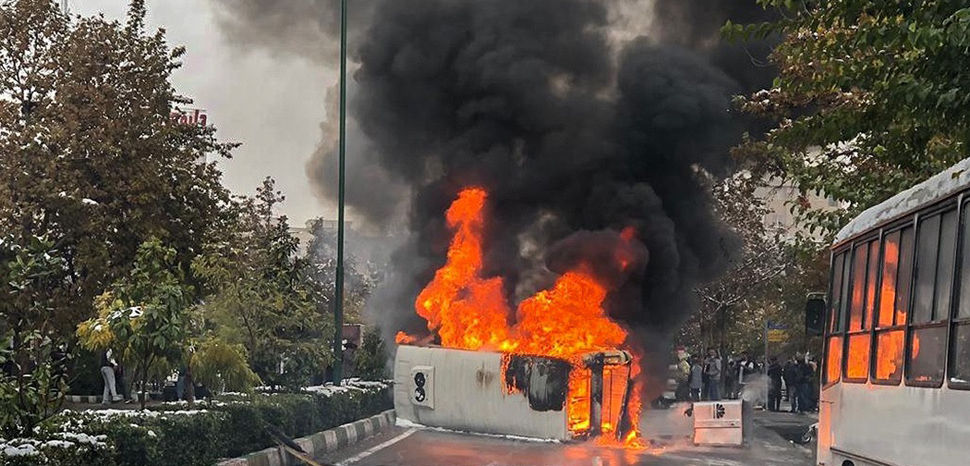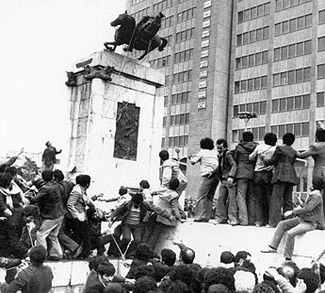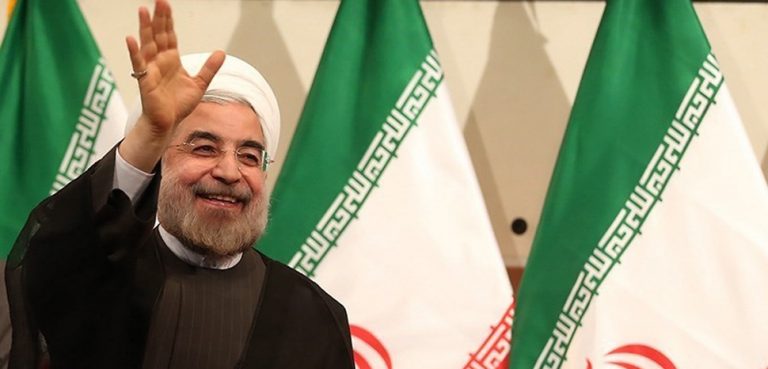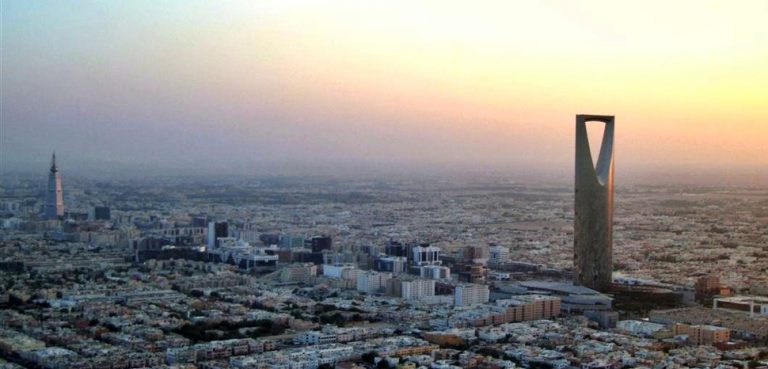Summary
Via regional proxies like Hezbollah and allied militias in Yemen and Iraq, Iran has long nurtured levers of geopolitical influence throughout the Middle East. Yet now many of these proxies are facing their own popular reckonings in their respective domestic contexts, evident in the political deadlock in Beirut and the protest movement that swept Prime Minister Abdel Abdul-Mahdi from power in Baghdad. The protests couldn’t have come at a worse time for the Iranian regime, which is struggling to put down its own outbreak of violent unrest, fueled by the country’s endemic corruption and worsening economic outlook.
An interesting commonality has emerged in that the foreign and the domestic is linked in the minds of protesters in all three countries; for many of them, the Islamic Republic’s regional ambitions are needlessly exacerbating the deprivations of the poor and working class people, whether in Lebanon, Iraq, or Iran itself.
All this portends a reckoning for the Islamic Republic and its regional standing. However, recent history in Syria provides a cautionary lesson for those expecting some kind of democratic spring. Violence and civil war are just as possible as opening and reform amid a systemic breakdown, if not more so given the presence of paramilitary outfits, complete with their own extensive business interests, which stand to lose everything should the regime collapse. For now, the likeliest outcome is more instability and unpredictability in one of the most volatile regions of the planet.
Here are the latest setbacks for the Iranian regime and its proxies:




